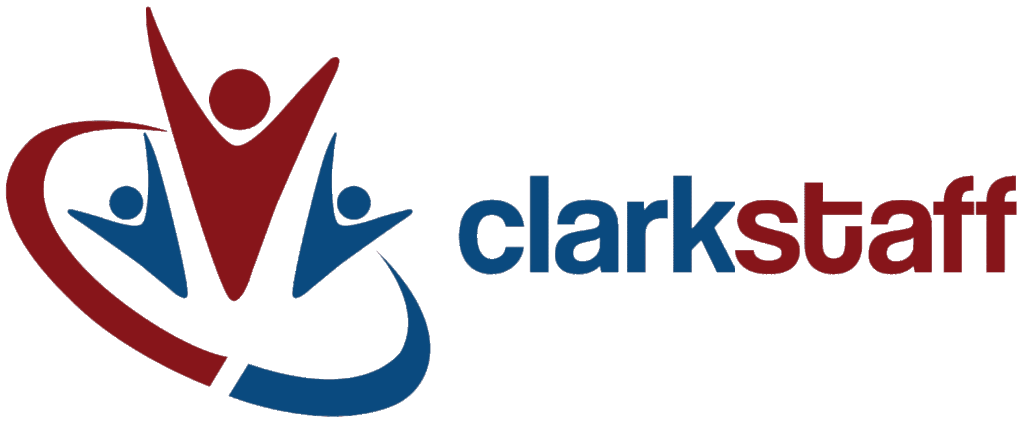For early-stage startups, scaling too soon can quickly lead to overwhelmed founders and cash burnout, which can leave your business crashing down.
At the same time, failing to scale with demand and new opportunities is self-sabotage depriving your business of potential upward growth.
This growth balancing act is where leveraging technology outsourcing can provide a valuable competitive advantage.
For instance, outsourced developers, designers, data scientists, and DevOps experts can inject on-demand technical expertise into a lean startup team.
This allows flexing capacity and capabilities to hit growth milestones without taking on excessive permanent headcount costs.
Harnessing the potential perks of this service can be further enhanced if you partner with the right service provider.
Here are some tips for startups looking to scale through strategic technology outsourcing:
Start With Short Sprints
When initially working with an outsourcing provider, have them undertake well-defined sprints of 2-4 weeks instead of extended multi-month projects. These short engagements can build trust and help you assess communication rhythms before diving deeper into a commitment. They also provide flexibility to pivot based on initial product-market feedback.
Prioritize MVP Development
Focusing your outsourcing efforts on rapidly validating and developing a minimum viable product (MVP) instead of a more elaborate first version can also help you find success in this industry. An MVP requires much less upfront investment to test core product assumptions quickly with real users. Outsourcing bandwidth can be adjusted depending on positive or negative signals.
Retain Core Competencies
While outsourcing enables access to specialized technical skills, don’t fully hand off your startup’s core technical capabilities. You can retain at least some in-house expertise in areas like machine learning, mobile app development, blockchain, etc. if central to your product. Core competencies should remain proprietary even when outsourcing for scaling.
Document and Modularize
Break down product and technical requirements into well-documented modules and user stories for outsourced teams. Detailed modular documentation enables easily “plugging in” outsourcers as needed to your codebase and workflows. It also aids effective collaboration.
Define Communication Rhythms
Clarifying expected daily, weekly, and monthly communication rhythms upfront with outsourcing partners, especially if in different time zones to manage expectations. Consistent virtual check-ins are crucial when not colocated to align work, address issues promptly, and strengthen team rapport.
Invest in Project Management
Hiring an experienced project manager, even part-time, provides oversight of outsourcers and accountability for results. Don’t fully outsource responsibility for delivery. A project manager who tracks sprints, product roadmaps, and team communication helps mitigate outsourcing project risks and coordination gaps. However, your outsourcing partner can also provide you an all-in service, from hiring your project manager, the payroll, onboarding as well as training.
Automate Testing
Leverage test automation tools for unit testing, UI testing, load testing etc. to validate quality and minimize defects. Rigorous test automation reduces dependency on outsourcer self-testing and makes it faster to catch issues before full release. It also facilitates continuous code integration.
Plan For IP Protection
Sign non-disclosure agreements with outsourcing partners and put IP assignment clauses in contracts. While hoping for the best, prepare for the worst-case scenario of a dispute around IP developed with outsourced help. Protect your startup’s core intellectual property. Although some of the SLA’s that these providers offer already have NDAs and privacy protection, they also have the right infrastructure to reinforce these agreements.
Build a Bench
When the startup is ready to scale, don’t become over-dependent on a single outsourcing vendor. Identify back-ups for core capabilities. A diversified bench mitigates delivery risk if you need to pull work from a particular vendor for performance or other reasons.
On-Site Immersions
When possible, bring key outsourcers on-site for short 1-2 week immersions to build stronger relationships and align product vision. Site visits help outsourcers feel more invested compared to solely virtual engagements. The face time also strengthens coordination and addresses disconnects. You can also invite some of your remote staff to have a training session and for you to meet them personally.
Review Code Quality
Code quality cannot be fully assessed from previews. Run automated analyzers and read through samples before major release. Reviewing code quality helps avoid performance issues or security flaws before they impact customers. Use coding standards and profiler tools to keep quality consistent.
Watch For Churn
Check for higher than usual developer or account manager churn at the outsourcing vendor which could impact consistency. Team churn often correlates with lagging delivery timelines. Changing faces means reframping product context and rebooting relationships.
Exchange Feedback
Solicit candid feedback from outsourcing teams on the strengths and weaknesses of your startup’s product development processes. External eyes can provide valuable perspectives on improving technical project scoping, requirements conveyance, development practices etc. As the right outsourcing partner can provide you with the top-notch talent that can surely give you an insight for your product or service offerings that can help you to adjust.
Plan the Handoff/Continue the Take-Off
View outsourcing as a temporary ramp to augment capabilities, not a permanent solution. Plan from the start how core product expertise will be transferred in-house. Retaining all institutional knowledge with outsourcers creates risk. Provide internal teams sufficient access and training to ultimately bring capabilities in-house. However, with the current innovations and heightened oversight, as well as protection-guaranteed SLAs, going forward to outsourcing your needs is also a viable option if you wish to do so.
The Bottom Line
Leveraging technology outsourcing can turbocharge growth for early-stage startups. It provides access to specialized skills without overextending limited resources. However, you should be strategic to strike the right balance between external help and retaining core competencies in-house.
Outsourcing enables startups to flex capacity and capabilities on-demand. This allows hitting milestones faster through an elastic workforce. But over-reliance can also dilute strategic control and institutional knowledge if you don’t partner with the right Outsourcing provider.
To maximize outsourcing value, focus partners on rapidly developing and iterating minimum viable products. Favor short sprints over long timelines to nimbly respond to customer feedback. Documentation, communication cadences, project management and quality controls are critical for alignment.
Never fully outsource your startup’s essence. Seek continuous feedback from partners to improve processes and sign NDAs and put IP protections in contracts.
Ultimately, outsourcing enables startups to punch above their weight class during scale-up. But lasting success requires building your own capabilities over time. However, if this kind of strategy is working for your company, then, there should not be any doubt to not continue it. View outsourcing as training wheels. The goal is transforming startups into self-propelled industry disruptors.
With the proper balancing act, outsourcing provides fuel for growth while avoiding flameout from overextension. It offers on-demand expertise, accelerates time-to-market, and increases experiments through cost savings.






Leave a Reply